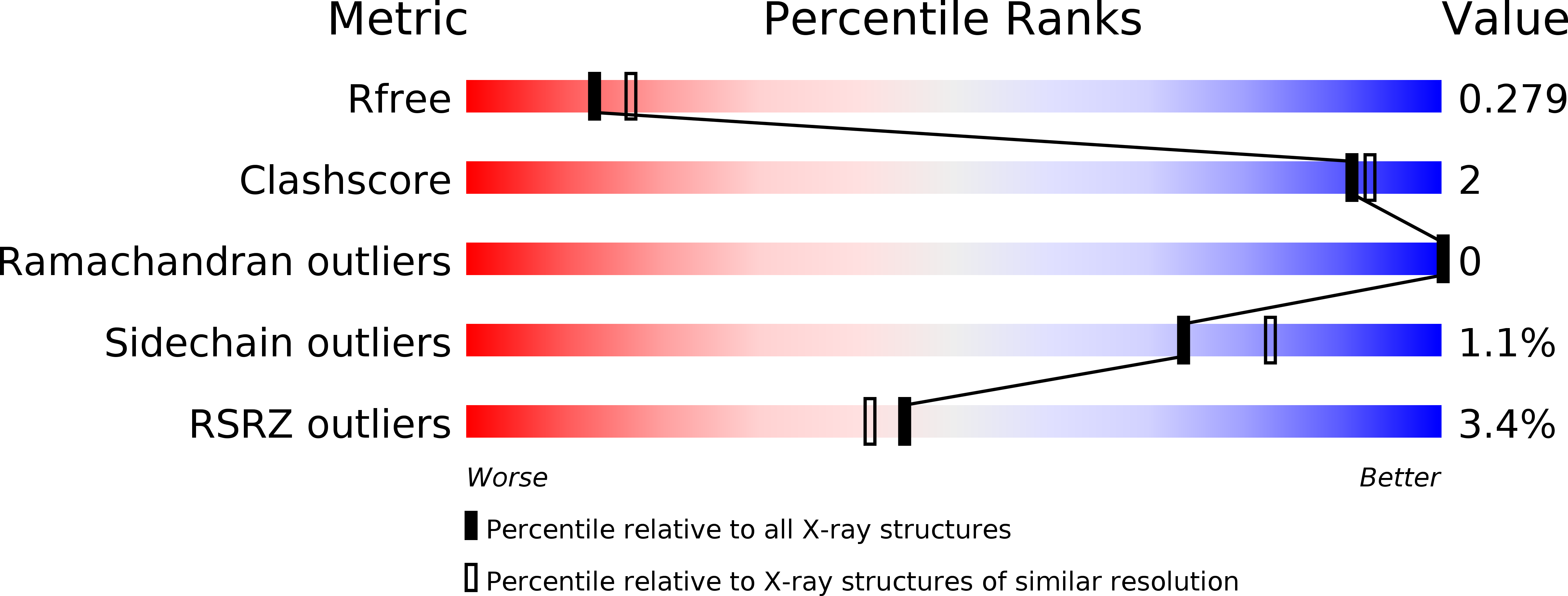
Deposition Date
2016-10-14
Release Date
2017-11-15
Last Version Date
2024-11-13
Entry Detail
PDB ID:
5M36
Keywords:
Title:
The molecular tweezer CLR01 stabilizes a disordered protein-protein interface
Biological Source:
Source Organism:
Homo sapiens (Taxon ID: 9606)
Host Organism:
Method Details:
Experimental Method:
Resolution:
2.45 Å
R-Value Free:
0.27
R-Value Work:
0.22
R-Value Observed:
0.22
Space Group:
P 21 21 21


